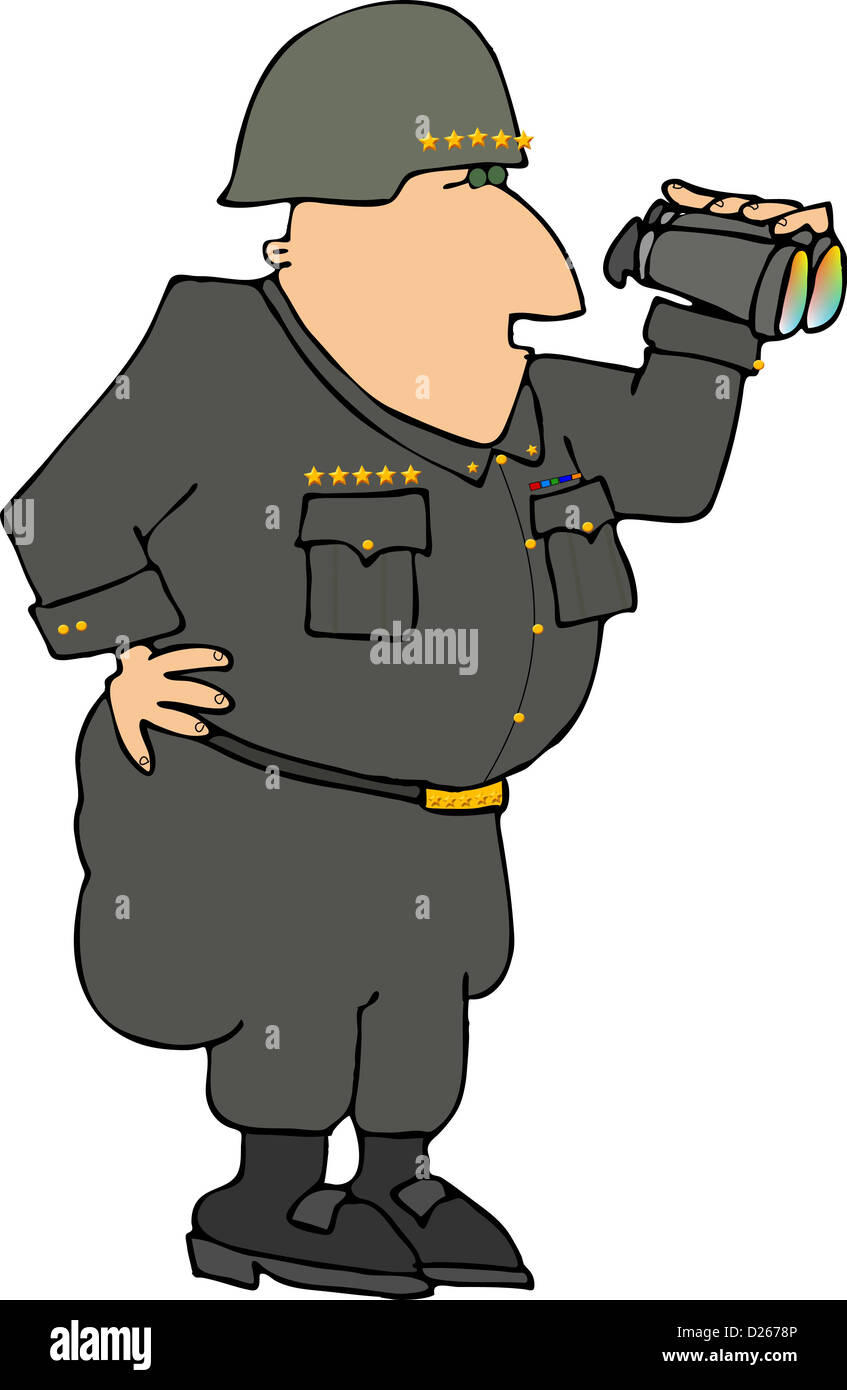
Arnold was the first and, to date, only General of the Air Force. After the United States Air Force became a separate service on September 18, 1947, Arnold's rank was carried over to the Air Force, as all Army Air Force personnel, equipment, etc. "Hap" Arnold, a General in the Army, was the Chief of Staff of the Army Air Forces when he was promoted to the rank of General of the Army. This rank is today commemorated on the signs denoting Interstate Highways as part of the Eisenhower Interstate System, which display five silver stars on a light blue background. 87–3 on March 23, 1961, which returned Eisenhower to Active Duty of Regular Army in grade of General of the Army dated back to December 1944. After he served two terms, his successor, John F. ĭwight Eisenhower resigned his Army commission on to run for president. In addition, giving the rank the name "Marshal" would have resulted in one of the officers being designated as "Field Marshal Marshall," which was considered undignified. The United States traditionally uses the term Marshal for a senior law enforcement officer, particularly the US Marshals, as well as formerly for state and local police chiefs. The US Army did not introduce a rank of Field Marshal. Navy's five-star Fleet Admirals (on 15, 17, and 19 December 1944) to establish both a clear order of seniority and a near-equivalence between the services. The timing of the first four appointments was coordinated with the appointment of the U.S. The five officers who have held the 1944 version of General of the Army are: The insignia for General of the Army, as created in 1944, consisted of five stars in a pentagonal pattern, with points touching. This second General of the Army rank is not considered comparable to the American Civil War era version. The acts also created a comparable rank of Fleet Admiral for the Navy. It was created to give the most senior American commanders parity of rank with their British counterparts holding the rank of Field Marshal. 78-482 passed on 14 December 1944, first as a temporary rank, then made permanent 23 March 1946 by an act of the 79th Congress. The second version of General of the Army was created by Pub.L. (The cover of Sheridan's autobiography was decorated with four stars within a rectangle evocative of the four-star shoulder strap worn by Grant.) The rank of General of the Army ceased to exist with Sheridan's death on August 5, 1888.Ĭurrent 5-star shoulder strap featuring the US Coat of Arms

In 1872, Sherman ordered the insignia changed to two stars with the coat of arms of the United States in between.īy an Act of June 1, 1888, the grade was conferred upon Philip Sheridan, who by then was of failing health. General of the Army shoulder strap insignia, 1872-1888 (Sherman and Sheridan).Īfter Grant became President, he was succeeded as General of the Army by William T. Unlike the modern four-star rank of general, only one officer could hold the 1866–1888 rank of General of the Army at any time. This rank held all the authority and power of a 1799 proposal for a rank of " General of the Armies" even though Grant was never called by this title. Unlike the World War II rank with a similar title, the 1866 rank of General of the Army was a four-star rank. When appointed General of the Army, Grant wore the rank insignia of four stars and coat buttons arranged in three groups of four. Congress established the rank of "General of the Army of the United States" for General Ulysses S. Explore the Allied U.S.General of the Army shoulder strap insignia, 1866-1872 (Grant and Sherman). Command your troops across multiple battlefields in genre-defining gameplay


This turn-based strategy masterpiece will have you pouring hours into its campaign and scenarios, meticulously planning and coordinating your forces to victory, and is a definite must-play for strategy fans. As the last instalment in the series, Pacific General improves upon the gameplay and user interface of its predecessors and perfectly captures the elements that drew players to the series. The hex and turn-based gameplay improves on its predecessors by taking the battles to the high seas, allowing you the freedom to focus on land, air or naval dominance. You can not only experience the historical battles of the war, such as the Battle of Midway, but can also command an Axis campaign of victory and find out what might of happened had Japanese forces triumphed in the East. Taking control of Axis or Allied forces, you must strategically battle your way through the Eastern and Western front of the Pacific war, using a wide array of land, air and naval forces.
FIVE STAR GENERAL SERIES
Pacific General is the fifth instalment in Strategic Simulations’ Five Star General Series and explores the Pacific front of the Second World War.


 0 kommentar(er)
0 kommentar(er)
